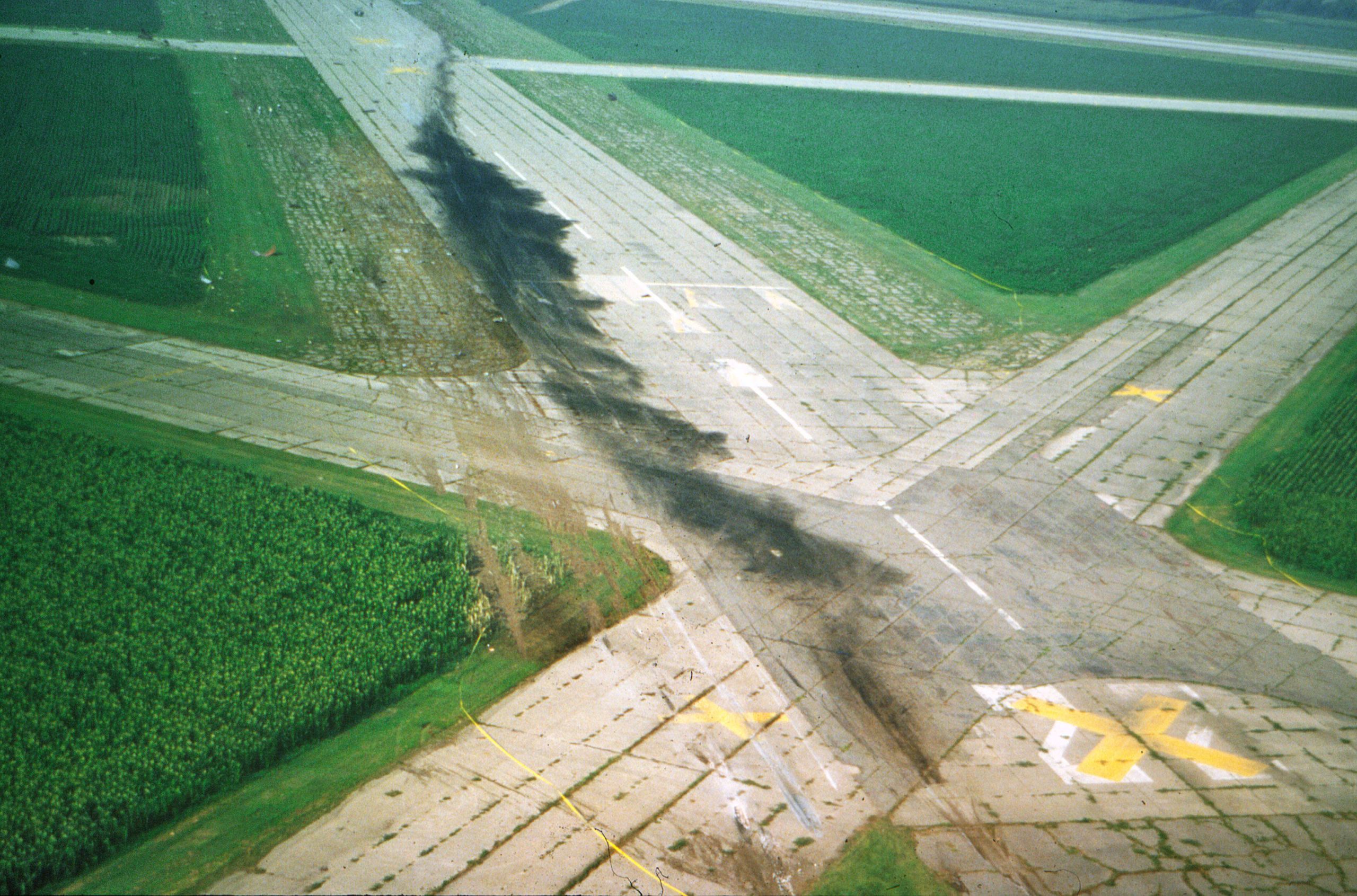

Hydraulic fuses were installed in the number 3 hydraulic system in the area below the number 2 engine on all DC-10 aircraft to ensure controllability in the event that all three hydraulic lines should be damaged in the tail area after the UAL 232 accident.

At least two other stage 1 fan disks were found to have similar defects. Concerned about a recurrence, many of the stage 1 fan disks on in-service General Electric CF6 engines were inspected. There was an impurity in the disks’ titanium that caused the fatigue crack. Crash site via Iowa ANGĪ previously undetected fatigue crack near the shaft in the engine’s stage 1 fan disk, which was eventually located in a cornfield three months after the crash along with several individual blades, was the reason the engine failed. The lack of hydraulic pressure, caused by the severing of the hydraulic lines near engine 2, took controllability of the aircraft on approach away from the crew. The DC-10 had been delivered in 1973 and had amassed 43,403 flight hours over 16,997 cycles at the time of the accident. The accident investigation revealed that when the engine failure occurred, a fan disk disintegrated. Fitch (who was deadheading on the flight before coming to the flight deck to assist) had done their best given a really dire set of circumstances.

Dvorak, and Training Check Airman Captain Dennis E. Then the jetliner rolled inverted, caught fire, and broke up in a cornfield. At the last moment the aircraft began to porpoise again and pitched down impacting short of runway 22 and right of centerline. The jet made an approach at 215 miles per hour but with a high sink rate. The aircraft circled to the right several times while descending. At 1520 the crew declared an emergency and was given vectors to Sioux City by the Minneapolis Air Route Traffic Control Center (ARTCC). The jet began a descending right turn, which the crew was able to only partially control using throttle settings for the two wing-mounted engines. Hydraulic pressure in all three independent systems in the aircraft was reading 0.


 0 kommentar(er)
0 kommentar(er)
